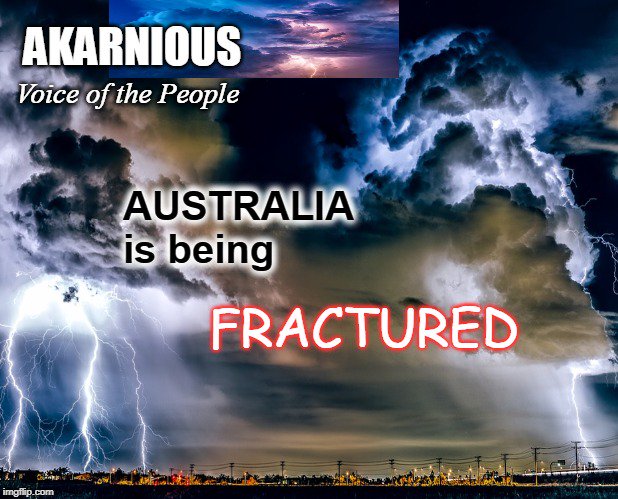A group of people are trying to find the high point in a fitness landscape. The question: how should the group communicate in order to ensure the best outcome?
We started by reading this paper by Grim, @philosophydan, and colleagues.
cambridge.org/core/journals/…
They use computer simulations to address this question.
gureckislab.org/papers/Goldsto…
pnas.org/content/109/3/…





